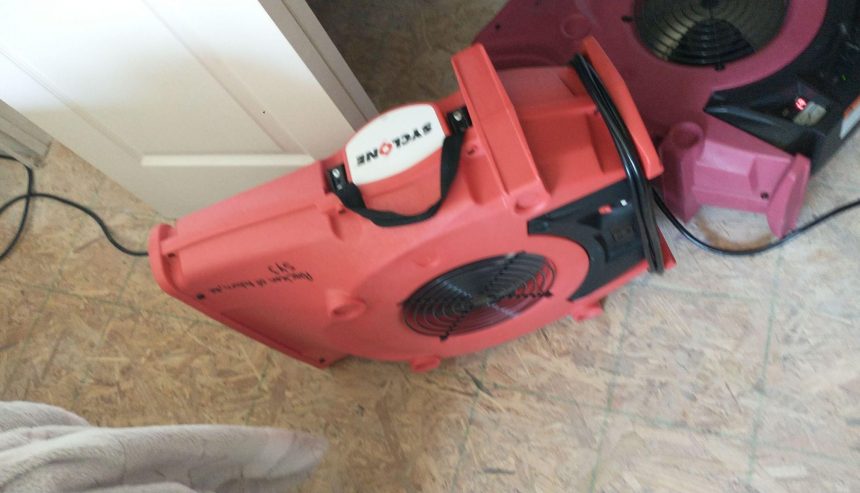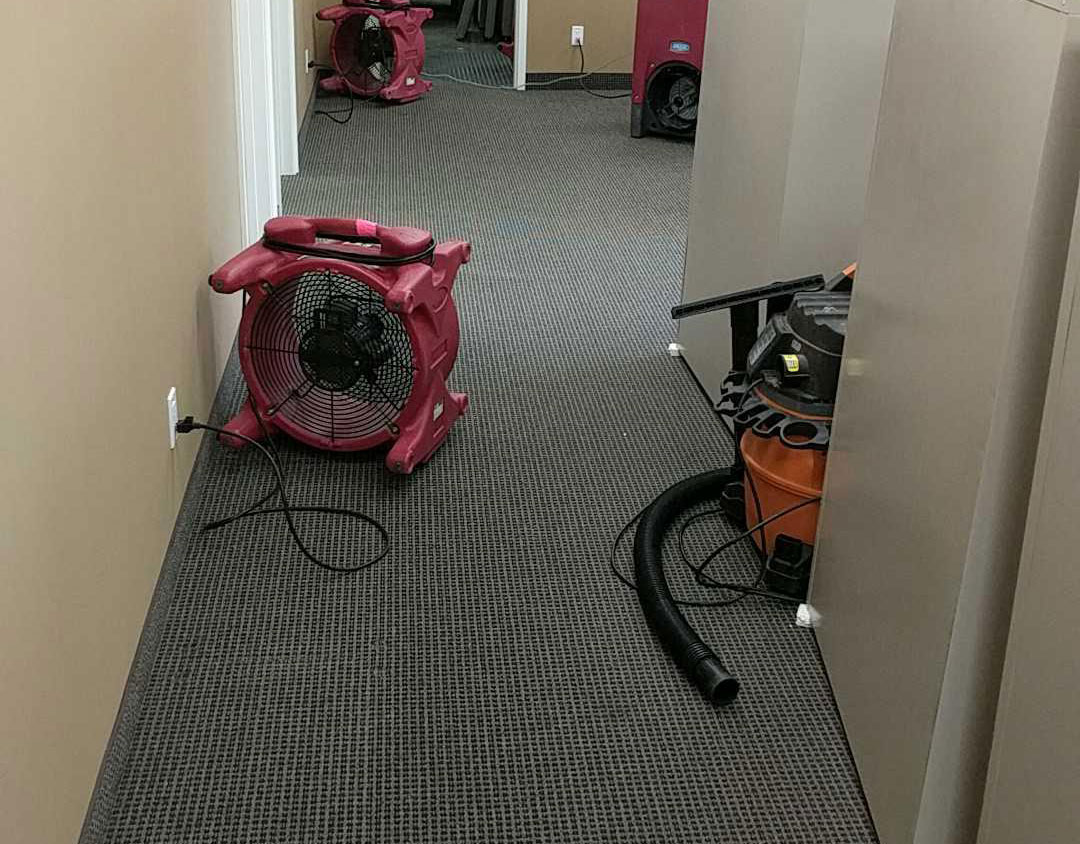Table of Contents
Drying Out Your Home: How Long Does It Take?
Water damage in your home can be a stressful and overwhelming experience. Whether it’s from a burst pipe, flooding, or a leaky roof, excess moisture can lead to mold growth, structural damage, and health hazards if not addressed quickly. One of the most common questions homeowners have is: How long does it take to dry out a home after water damage?
The answer depends on several factors, including the extent of the water damage, the type of materials affected, and the drying methods used. In this blog post, we’ll explore the drying process, factors that influence drying time, and steps you can take to speed up the process.
Factors That Affect Drying Time
1. Type of Water Damage
Not all water damage is the same. The category of water involved plays a big role in drying time:
Clean Water (Category 1): Comes from a sanitary source (e.g., broken water supply line, sink overflow). Drying is usually faster since there’s no contamination.
Grey Water (Category 2): Contains some contaminants (e.g., washing machine overflow, dishwasher leaks). Requires disinfection, extending drying time.
Black Water (Category 3): Highly contaminated (e.g., sewage backups, floodwater). Requires professional remediation and takes the longest to dry.
2. Extent of Water Exposure
Minor leaks (e.g., a small pipe leak) may dry within 1–3 days with proper ventilation.
Moderate flooding (e.g., several inches of water) can take 5–7 days with dehumidifiers and fans.
Severe flooding (e.g., from storms or major leaks) may require weeks or even months to fully dry, especially if structural materials like drywall and insulation are soaked.
3. Affected Materials
Different building materials absorb and release moisture at different rates:
Carpet & Padding:
Surface drying: 12–24 hours
Complete drying (including padding): 2–3 days (may need replacement if heavily soaked)
Hardwood Floors:
Can take weeks to months to fully dry; may warp or buckle if not treated properly.
Drywall:
Small sections: 2–3 days
Large areas: May need replacement if soaked through
Concrete & Subflooring:
Can take weeks to dry completely, especially if water has seeped underneath.
4. Humidity & Ventilation
High humidity slows evaporation. Using dehumidifiers and air movers can drastically reduce drying time.
Proper airflow is critical—open windows and use fans if outdoor humidity is low.
5. Professional vs. DIY Drying
DIY Methods (fans, towels, open windows): May take days to weeks depending on severity.
Professional Water Damage Restoration: Experts use industrial-grade equipment (air movers, dehumidifiers, moisture meters) to dry a home in 3–5 days on average.
Steps to Dry Out Your Home Effectively
1. Remove Standing Water
Use a wet/dry vacuum, pumps, or buckets to remove as much water as possible.
For severe flooding, consider hiring a water extraction company.
2. Increase Airflow
Place high-powered fans around the affected area.
Open windows (if outdoor humidity is lower than indoors).
3. Use Dehumidifiers
Dehumidifiers pull moisture from the air, speeding up drying.
Ideal for enclosed spaces like basements.
4. Remove Wet Materials
Carpets, padding, and insulation may need to be pulled up or replaced.
Drywall that has absorbed water (usually beyond 12 inches from the floor) may need cutting out to prevent mold.
5. Monitor Moisture Levels
Use a moisture meter to check walls, floors, and furniture.
Wood should be below 15% moisture content, drywall below 10%.
6. Disinfect & Prevent Mold
Clean affected surfaces with antimicrobial solutions to prevent mold growth.
Mold can start growing within 24–48 hours, so act fast.
How Long Until Your Home Is Completely Dry?
Minor Water Damage: 1–3 days (e.g., small leaks, spills)
Moderate Water Damage: 3–5 days (e.g., burst pipe, localized flooding)
Major Water Damage: 1–2 weeks or more (e.g., severe flooding, black water)
If structural materials like drywall or flooring are deeply saturated, full drying may take weeks, and some materials may need replacement.
When to Call a Professional
While small leaks can often be handled DIY, consider professional help if:
✅ Water has been standing for more than 24 hours
✅ There’s sewage or contaminated water
✅ The affected area is larger than 100 sq. ft.
✅ You smell mold or musty odors
✅ HVAC systems are affected
Professionals have the tools and expertise to dry your home efficiently and prevent long-term damage.
Final Thoughts
Drying out a home after water damage is a race against time. The sooner you act, the less risk of mold and structural issues. While minor leaks may dry in a few days, major flooding can take weeks. Proper equipment, ventilation, and professional help (when needed) are key to restoring your home safely.
If you’re dealing with water damage, don’t wait—start drying immediately and monitor progress closely to protect your home and health.



